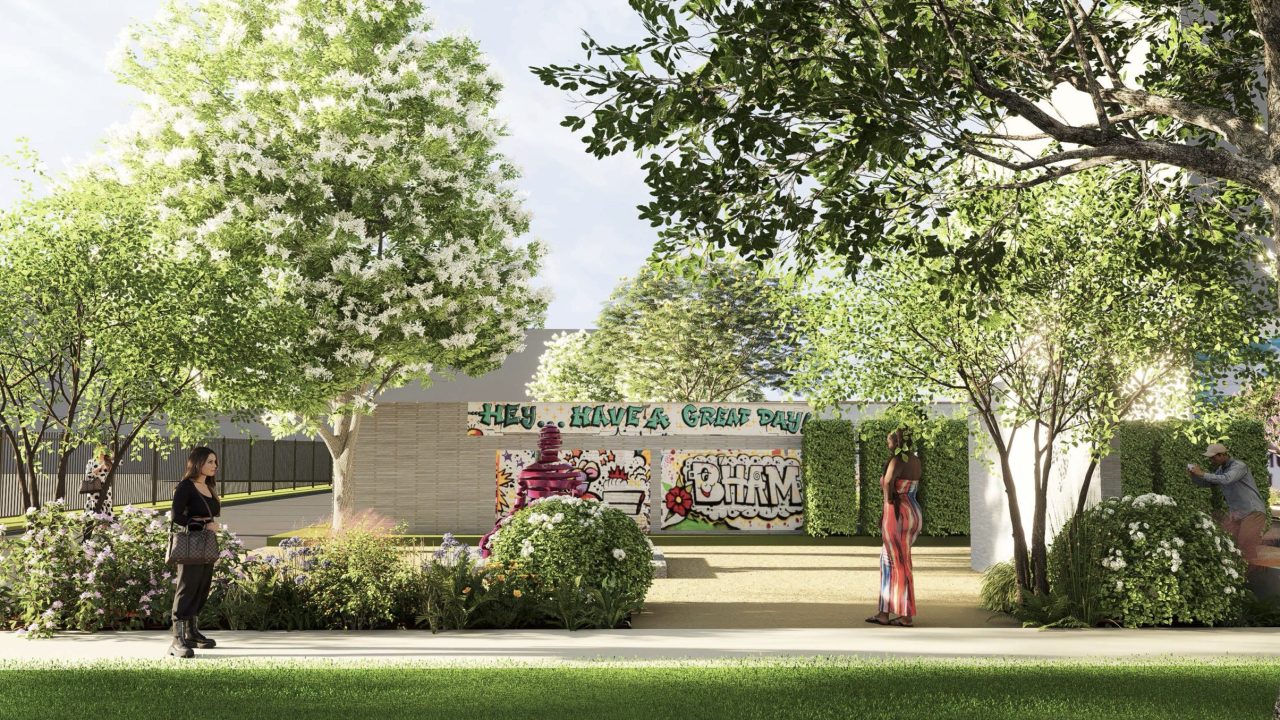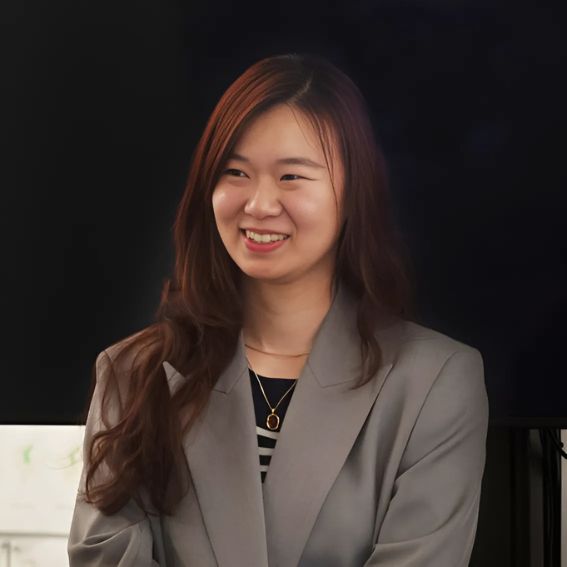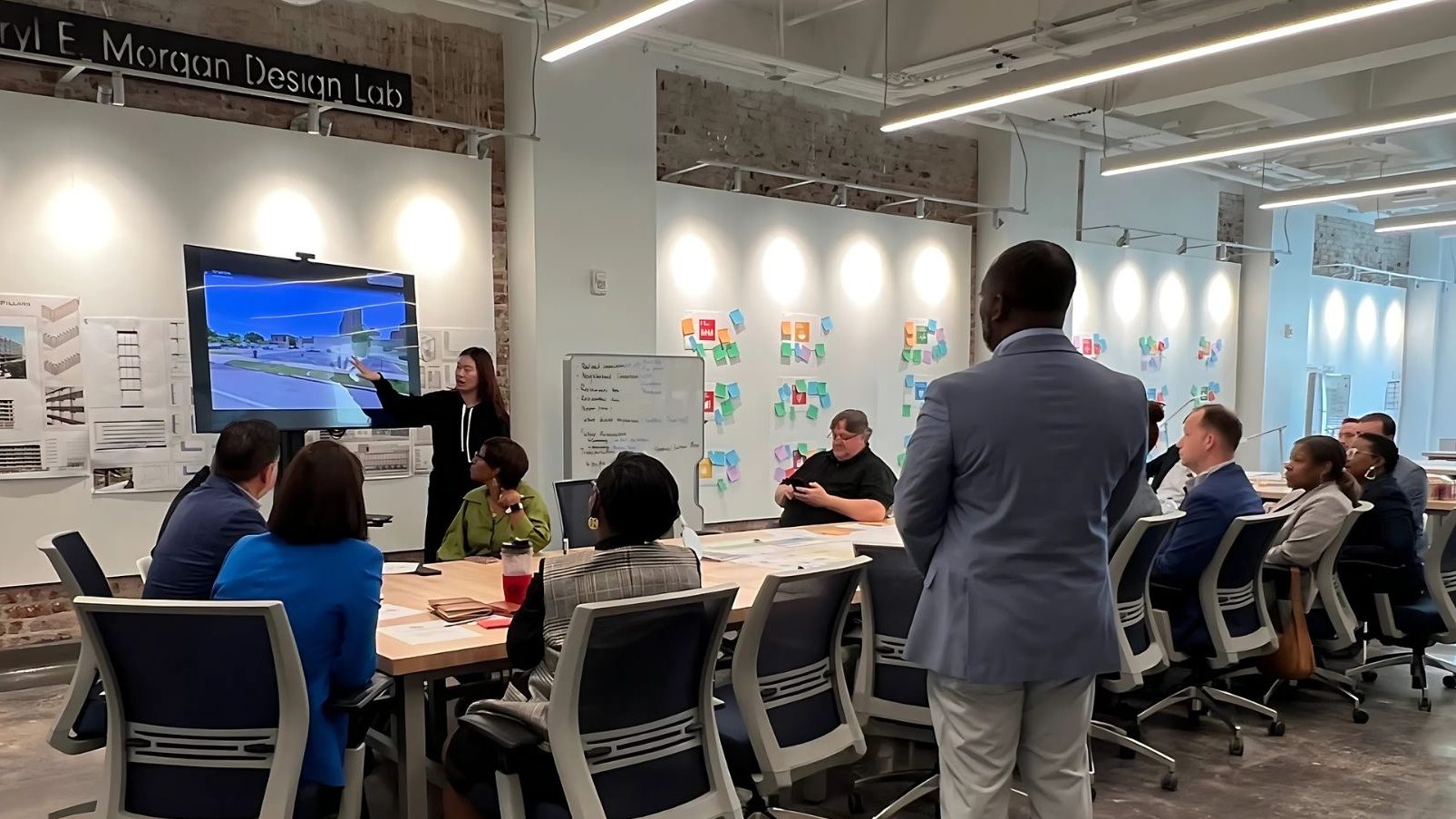Urban Studio Students Apply Classroom Learning to Real World Projects

At Urban Studio, internships come in all shapes and sizes. From the wide variety of local firms to individual projects, students get a taste of what their work life will be like after graduation.
For fifth-year student Han Li, an internship offered the opportunity to bring together Urban Studio and the City of Birmingham’s Office of Resilience and Sustainability (ORS).
Originally organized in 2023 as part of the Civic Design Team, ORS is tasked with developing recovery frameworks for the city through natural disasters as well as environmental, social and economic pressures. The team at ORS works alongside other departments to reimagine how Birmingham can thrive and promote growth, infrastructure and equity.

The ORS Chief Resilience and Sustainability Officer Sherry-Lea Bloodworth Botop approached Urban Studio Director Alex Krumdieck ’86 about the project earlier this year. Bloodworth Botop approached Krumdieck due to Urban Studio’s ongoing collaborations with the City and its reputation as both a champion for residents’ quality of life and a trusted thought partner in addressing complex urban challenges.
“In collaboration with the Birmingham Department of Youth Services (DYS), this project exemplifies how resilience and sustainability can seamlessly integrate into the design process through cross-sector partnerships,” Bloodworth Botop said.
Through this partnership, Li worked with Krumdieck, adjunct faculty member Ben Wieseman ’12 and Galvin Billups, the City’s DYS director, to examine the building and parking lot at the DYS office in the Civil Rights District.
“I was immediately excited about this project because it’s located next to the Sixteenth Street Baptist Church in the Civil Rights District, which is such a historically significant site. The proposal involves designing the open space in front of the building with a mural on its façade. This ties closely to my thesis focus on public spaces and creating a sense of belonging for people. I’m looking forward to seeing how public space can be designed in a way that connects with both the history and the community,” Li shared before the project commenced.

Li also shared how she was excited to learn how ideas are developed into something practical and meaningful for the people who are using the space. She hopes the project will help her bridge the gap between academic learning and real-world practice and problem solving.
“For this project, we structured our approach as though the Studio were an architecture firm. My role as principal architect is to coach Han through the many levels of a design project,” Krumdieck explained. “As the client contact, her responsibility is to present and defend her findings, all the while testing the tools she learned while at Auburn and putting them into practice. This experience also shows her how to take a small project and understand how it fits into the bigger urban picture.”
One focus of Li’s work was to examine the multiple master plans that include the site to better understand both the context and the intent for the area. The site, as well as the district surrounding it, has been included in several plans over the years. Currently, the intent for 16th Street North and the Civil Rights District is to increase pedestrian usage, provide mixed-use residential opportunities and eventually feature an event space.
I’ve learned the importance of truly listening to people.
However, her challenge was to create improvement plans for the present while allowing for that future usage—a very real-world problem architects and planners throughout the world deal with every day. It was important for Li to understand the site’s future development, not just the current needs.
“In school, we usually did a general site analysis—looking at surroundings, zoning or circulation—but we didn’t always think about how city planning documents could directly shape design decisions. This time, digging into the master plan helped me understand how the site might change in the future, and how our design could respond to that bigger vision. It changed how I think about design strategy,” Li reflected.
The site’s challenges aren’t relegated to planning. The DYS team wants to maintain the lot’s parking function, add green space to help mitigate flooding and add security for employees by enclosing the site. They are also interested in adding to the existing mural to celebrate how children have changed the world—an important vision for both DYS’s mission and the building’s location across from Kelly Ingram Park, the gathering point for the historic Children’s Marches of the 1960s.
As a landscape architect, Wieseman’s role was to help shape the process and provide concept review for the proposed site design from the perspective of designing for the natural environment.
“It is always great to help students understand a typical design process and client engagement that occurs for projects in offices,” Wieseman added. “This process allows the student to lead the discussion and ask the client about their values, needs and project goals to set expectations and begin the design process.”
Inspired by the Wynwood Walls in Miami, Li presented an idea to extend the existing mural into additional mural walls to shape the space visually, provide safety and serve as art space to tell the stories of how kids continue to change the world.
“Ms. Li asks thoughtful questions, does the research necessary to inform her design solutions and offers regular updates, which has allowed for feedback throughout the process,” Bloodworth Botop said. “The location of the site is within the Civil Rights District, and she has a clear understanding of what it means to integrate the history and culture of this important location into her design solutions.”
The art and public space aspects especially resonated with Li:
“This project connected closely with my thesis, which was about helping people engage with the urban environment. The green space we designed works like a transitional space—it gives people a moment to slow down, feel present and connect with the city.”
One of the cornerstones of the Urban Studio is for students to gain experience on projects that go beyond academics. Through this project, Li had to put her education into practice. From leading meetings and examining master plans to presenting her findings and creating renderings, she was able to take her education and apply it to an existing situation.
When asked what she thinks she will be taking away from this experience, Li reflected:
“I’ve learned the importance of truly listening to people. It’s not just about creating a cool design—it’s about understanding what the client needs and what the space can mean to the community. I also started to see how small design decisions can fit into the city’s broader plans. This made me feel more confident and helped me think more like an architect, not just a student.”
Related people:
Alex Krumdieck, Ben Wieseman, Jennifer Cloe


